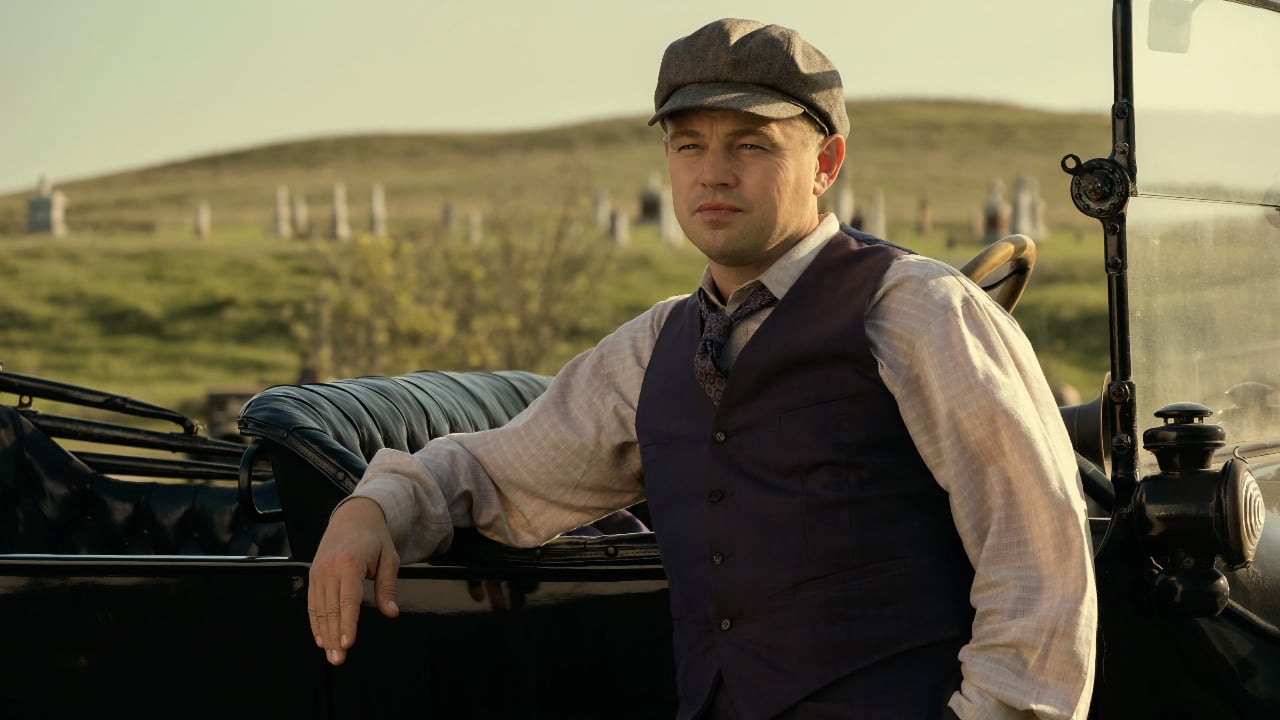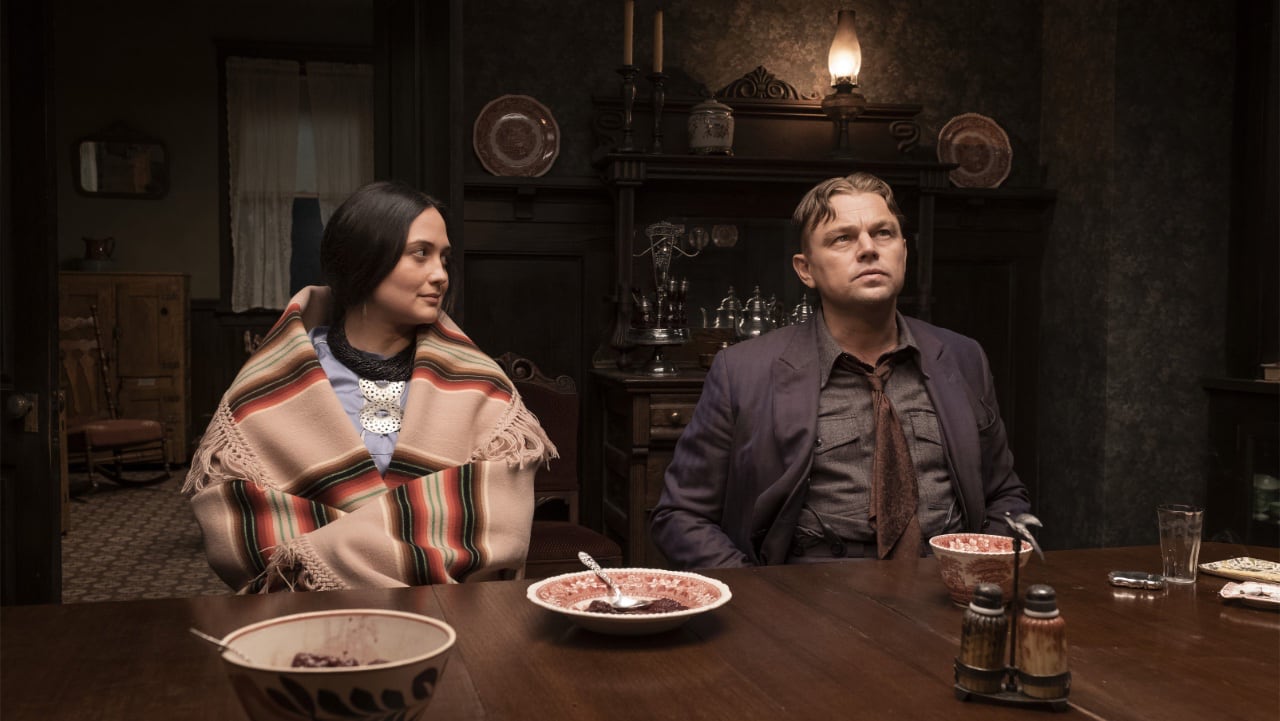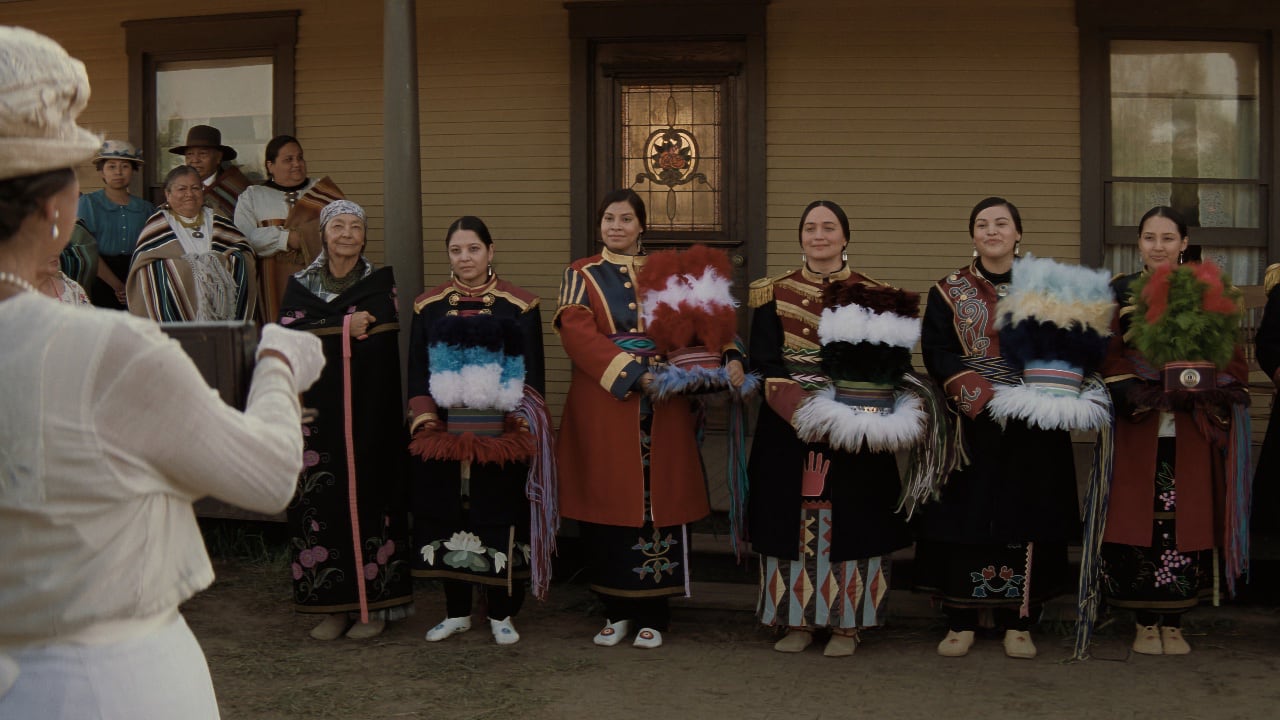
Martin Scorsese's latest cinematic masterpiece, Killers of the Flower Moon, was edited by Thelma Schoonmaker on her trusty Lightworks NLE. The Lightworks team discusses why high-end movie editors still love the software and what everyone can learn from her creative decisions throughout the movie.
We’ll get to the eight editing lessons the film teaches us below, but first, the question we have a fair bet you will be asking: why Lightworks? What is it about the software that makes film editors — and not just any film editors; we're talking Thelma Schoonmaker here! — want to cut with it?
According to Matt Sandford, Lightworks Product Manager, familiarity is a big part (and if, by chance, you're not familiar with Lightworks itself, he points out that you can always download it for free at lwks.com).
"Thelma is old school,” he says. “She used to cut features on a Steenbeck many years ago, and as such, when moving to non-linear systems, she needed something that behaved similarly. The reason she and others use Lightworks, aside from its incredible technical depth, is based on the Lightworks Console. A dedicated piece of hardware that the software was built around. It’s a tactile device that replicated the Steenbeck control mechanism and allowed film editors to switch easily over to a non-linear system.
"Martin [Scorsese] even has his own replica console connected to Thelma’s suite so that when he is watching sequences back with her, he can stop or reverse the footage to where he wants/needs without asking her. When spending 10-12 hours in the editing suite a day, something that makes the process faster and easier is always welcomed.”
Okay, the bad news is the Lightworks Console is no longer in production, mainly because a whole new generation of editors has to Google what a Steenbeck is in the first place and have muscle memory trained to keyboard and mouse combinations. It would be more disruptive for them to learn how to use the Console, no matter its ergonomic efficiencies.

Thelma's essential aide: the sadly now defunct Lightworks Console
The good news is that the software is the same, whatever you use to drive it.
“Editing Assistants love the time-saving aspects of the application, where they can create new sequences from the master sequence purely based on metadata,” says Sandford. “For example, if they want to deliver the sequence Thelma has cut just to show the SFX used in the sequence, they can open the search panel, enter the metadata query, and generate a sequence from the results. Those results will show only the segments that match those criteria within the sequence, with everything else removed. These sequences are then exported to AAF for delivery to the relevant departments for review. This can be done for multiple metadata queries, allowing for an afternoon's work in recreating the sequence with just the bits required to be done in a matter of seconds.”
Editing insights from Killers of the Flower Moon
Chris Wells is a video editor at Lightworks and reckons Killers of the Flower Moon is a veritable treasure trove of editing lessons waiting to be unraveled. Below, he dissects the artistry to unveil eight editing lessons that can enhance your skill in the editing room.
Embracing The Pace: A Lesson in Timing

1. Pacing is everything
The rhythmic power of Killers of the Flower Moon lies in its impeccable pacing. Despite the epic length, the narrative gallops relentlessly, making every moment count. Each scene lingers just enough to serve its purpose before briskly making way for the next. Forget about lingering breaths and elongated pauses; here, it's all about the rhythmic dance of storytelling.
2. Sometimes, less is more
The bold choice to often let the horrific acts of violence unfold in a single shot, without a cut, is a riveting exercise in confrontational storytelling. It's not about cutting away but holding the gaze, forcing the audience to grapple with the terrible reality unfurling on screen. It lends a raw, unyielding tenor to the narrative, amplifying the horrific inhumanity of the perpetrators.
Subtlety in Transition: A Whisper Across Time
3. Seamless time transitions
Who needs a montage when a single cut can traverse the sands of time? Scorsese's rare employment of montages makes room for seamless transitions that can span months. It's about the economy of storytelling, where dialogue and on-screen cues fill the temporal gaps, requiring ongoing engagement from the audience. Like the genius Andrew Stanton once said about effective storytelling, "Don't give them four; give them two plus two.”
4. The communicative power of hard cuts
A well-placed hard cut is more than a transition; it's a narrative statement. Early on, a juxtaposition between the Osage people's perceived fortune and a harrowing scene of death forces the audience to pay attention to the reality of this film. It's a stark, powerful cut that shakes one to the core, setting a somber tone for the unfolding tragedy.
Immersing in the Ambiance: The Play of Setting and Montage

5. Have fun with the setting
The vintage intertitle-esque title cards are a quaint nod to the silent film era, seamlessly weaving the temporal setting into the narrative. It's an elegant touch to what could have been just text on screen, making the setting an active player in the storytelling.
6. The art of photo montages
Our journey through the narrative landscape of Killers of the Flower Moon is punctuated with a few snappy photo montages. A blend of authentic and crafted images of the Osage people weaves a rich tapestry of the era, bringing a slice of authenticity to the narrative. Photos extend beyond the realm of documentaries; they are narrative devices poised to add a layer of realism without always resorting to the Ken Burns effect.
Mastering Audiovisual Harmony: Cutting in Symphony
7. Use visual parallels
Scorsese employs visual parallels at critical moments to connect characters and events. For example, cross-cutting between opposed experiences of different characters creates ironic juxtapositions. Using matching shots or motifs across different scenes can help unify the narrative. Look for opportunities to use visual rhymes to highlight thematic links.
8. Let sound guide the cut
The interplay between sound and image is Used expertly in Killers of the Flower Moon to pace scenes and guide editing choices. Allow the rhythm and emotion of the soundtrack to shape your cutting. Favour audio transitions over visual ones when possible. Anticipate sound before the picture changes to smooth out cuts. Think of edits musically to enhance flow.
“Scorsese’s mission was not only to give this powerful try story justice but to challenge people’s complicity in such acts of inhumanity, and nothing confronts the audience harder in this film than in its editing,” Chris summarizes. “Editing is as much an art as a science, and learning from other films is much like a treasure hunt, with each one hiding gems of wisdom waiting to be discovered. And Killers of the Flower Moon is a veritable goldmine for those willing to delve deep.
Schoonmaker's precision and Scorsese's vision remind us that storytelling is as much about the silence between words as it is about the words themselves. And if you want to dive into the editing suite with the very tools that shaped Scorsese's latest masterpiece, then Lightworks' free version puts those cutting-edge editing capabilities at your command.
Want to edit like a Thelma? Download Lightworks for free now and start applying those lessons straight away.
Tags: Post & VFX


Comments